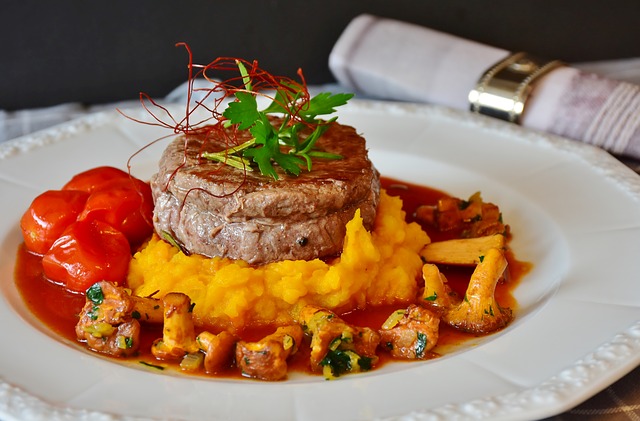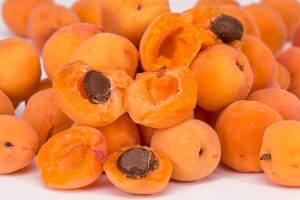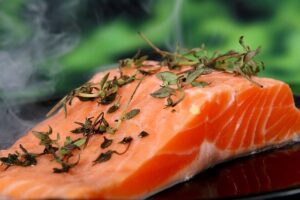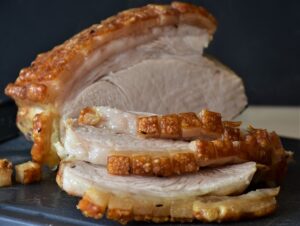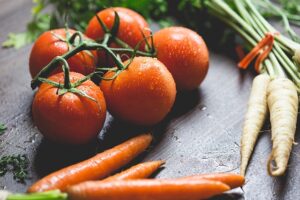Introduction
When it comes to protein content, chicken and salmon are both popular choices among health-conscious individuals. In this article, we will explore and compare the protein content of chicken and salmon to determine which one has more protein.
Protein Content in Chicken
Chicken is a widely consumed source of protein, known for its lean meat. The protein content in chicken varies depending on the specific cut and cooking method. On average, chicken breast is considered one of the leanest cuts and is often recommended for those looking to increase their protein intake while minimizing fat content.
A 3-ounce (85 grams) serving of cooked chicken breast provides approximately 26 grams of protein. This makes chicken breast a great choice for individuals following high-protein diets or those looking to build and maintain muscle mass. However, it’s important to note that different cuts of chicken, such as thighs or wings, may have slightly different protein content due to variations in fat content.
Protein Content in Salmon
Salmon is a fatty fish that is not only rich in omega-3 fatty acids but also in protein. The protein content in salmon is comparable to that of chicken, making it an excellent choice for individuals seeking a protein-packed meal.
A 3-ounce (85 grams) serving of cooked salmon contains approximately 22 grams of protein. While this is slightly lower than the protein content in chicken breast, salmon offers other nutritional benefits such as omega-3 fatty acids, which are essential for heart health and brain function.
Comparing Chicken and Salmon
When comparing the protein content of chicken and salmon, it’s important to consider other factors such as fat content and overall nutritional profile. While chicken breast has a slightly higher protein content than salmon, it is also lower in fat. On the other hand, salmon provides a good source of healthy fats, including omega-3 fatty acids, which are beneficial for overall health.
Both chicken and salmon can be incorporated into a balanced diet to meet protein requirements. The choice between the two ultimately depends on individual preferences, dietary goals, and overall nutritional needs.
Conclusion
In conclusion, chicken and salmon are both excellent sources of protein. While chicken breast has a slightly higher protein content, salmon offers additional nutritional benefits such as omega-3 fatty acids. Ultimately, the choice between chicken and salmon depends on individual preferences and dietary goals. Incorporating a variety of protein sources into your diet can help ensure you meet your nutritional needs.
References
1. Mayo Clinic. (2021). Chicken breast, skinless, boneless, cooked. Retrieved from mayoclinic.org
2. USDA FoodData Central. (2021). Fish, salmon, Atlantic, farmed, cooked, dry heat. Retrieved from fdc.nal.usda.gov

